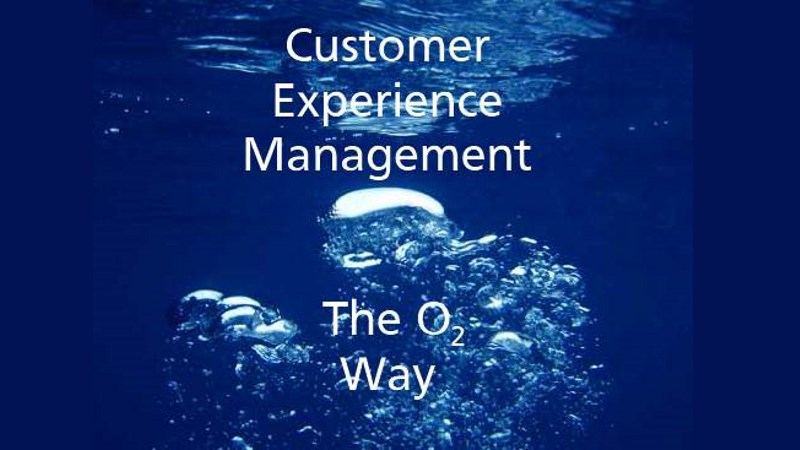As a relatively new discipline, CEM (Customer Experience Management) is not yet widely understood, let alone embedded into the cultures and working practices of most businesses. As such, it might not yet be considered to be an established profession in the same way that Sales, Marketing or Finance are. As the new kid on the block, CEM is pretty much still finding its feet.Being so new, there is not a vast body of established professionals to call upon, yet over the past 5 years CEM has rapidly grown in popularity.
This has meant that people have had to come into it from a number of different yet closely-related disciplines, whose wide-ranging skill-sets are regularly called upon as part of CEM delivery. Many understandably come from a Customer Services background, however significant proportions have also originated in HR; Research and Marketing. For many of these professionals, a move into CEM becomes a logical and natural progression.
Deborah Corless, O2’s Head of Customer Experience Strategy in the UK, started her career as a marketer. Similarly to me, she made her way into CEM via Retention Management.
Over the past twenty years, businesses have started to place as much emphasis on the retention of existing customers as they have on the acquisition of new. The now well-known statistic that “it is five times cheaper to retain a current customer then is it to acquire a new one” has become a regularly quoted mantra in boardrooms around the world. Marketers have needed to broaden their perspective and Retention Management has been the result.
However many professionals started to realise that retention was more than just dealing with the actual point of exit; and that there was an opportunity to reduce churn by looking at the nature of customers’ interactions before that particular point in time. The customer lifecycle and the customer journey were born; and CEM took it’s first tentative steps. It may still be a toddler compared to many other disciplines; however as with any ‘young child’, CEM has the potential to develop into something of far greater importance over time.
Hearing Deborah Corless’ enthusiasm about the way O2 goes about CEM was not dissimilar to hearing a proud parent relating the achievements of their particularly talented toddler. And no wonder.
I met with Deborah in September 2012 at O2’s impressive offices in Slough to network and ‘compare notes’. She very kindly not only talked me through her role, but also covered off O2’s approach, giving examples of some of the activities and programs they have been working on.
The first thing that struck me about O2 with regard to CEM, is that they “get it”.
CEM differs from most other business disciplines as it is not functional, and, as such, should not belong in any one particular department. This being the case, it can sometimes be viewed with scepticism by the middle management of certain companies, who are wary of its overarching remit and fear its potential to encroach upon or diminish their personal levels of responsibility. This is something that I refer to as being “scared of the landgrab”. One of the few ways of getting round this issue is to ensure that there is complete acceptance of CEM throughout an organisation, led from the very top.
O2 is a prime example of a business that has understood that the successful introduction and embedding of CEM throughout the organisation starts with senior management buy-in.
Whereas there are a number of people within O2 whose jobs it is to manage CEM, it is also apparent that have sought to ‘culturally ingrain’ customer experience as being the responsibility of every single employee. As such, there is a great deal of emphasis on the fact that customer experience needs to be seen from an end-to-end perspective right across the customer’s journey with the organisation.
As a developing business practice, there can all too often be an over-reliance on a small number of tools within the CEM world. This is often as a result of the limited scope of the new CEM professional, who may have entered the discipline from a closely-related profession.
This certainly cannot be said about O2. Not only do they utilise a wide range of research, insight & mapping techniques; but they also understand the importance of employee engagement and technology for the successful delivery of a customer experience programme. Furthermore, O2 takes a ‘7P’ approach, understanding that ‘proposition’ and ‘channel’ are equally as important as ‘service’.
So, have O2 got it 100% right? According to Deborah, O2 still encounters many of the challenges faced by other organisations aiming to deliver a world-class customer experience. However from what I can see, they are certainly approaching it in the right way.

